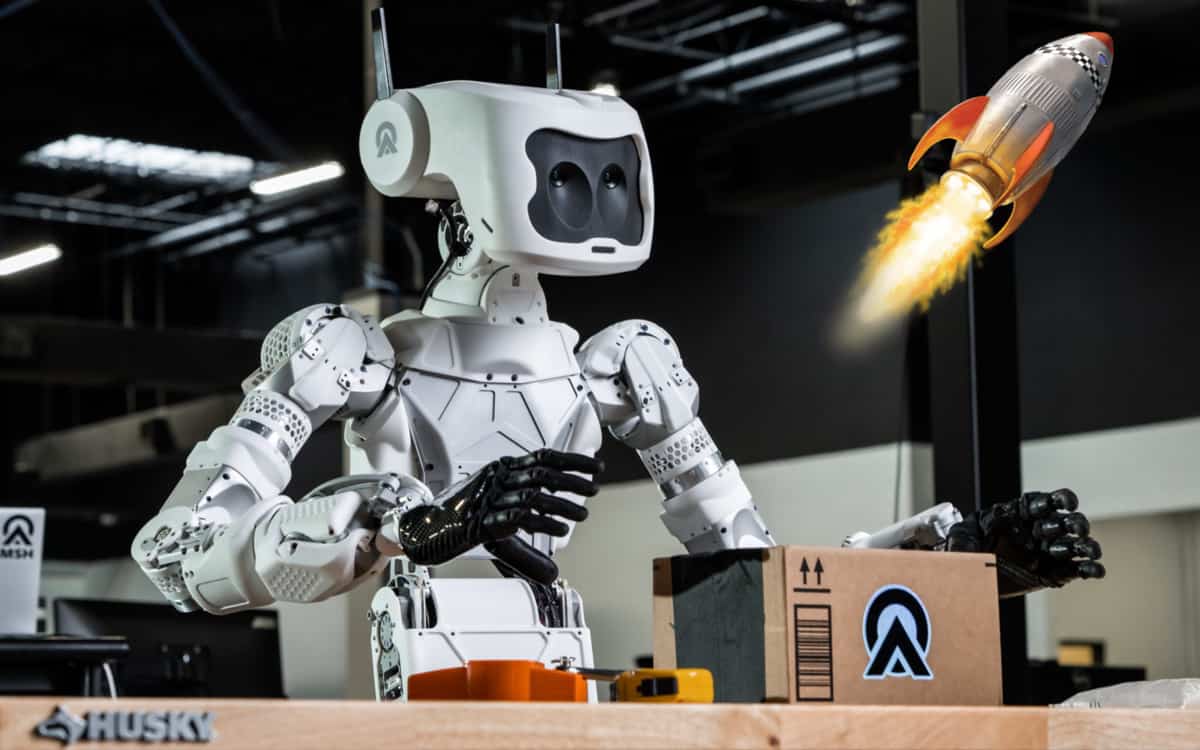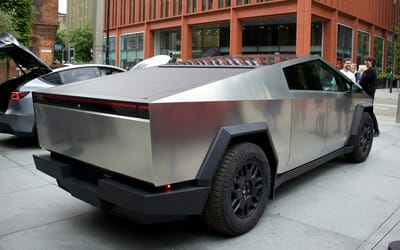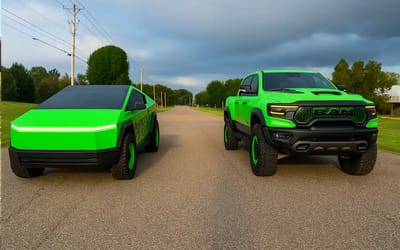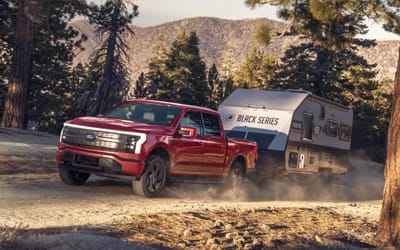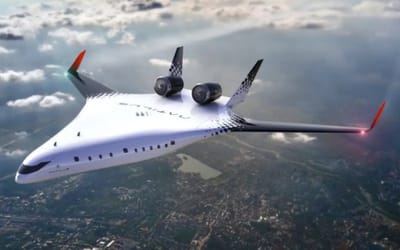NASA is building a humanoid robot that can go to space
Published on Feb 06, 2023 at 8:39 PM (UTC+4)
by Alessandro Renesis
Last updated on Feb 07, 2023 at 9:06 AM (UTC+4)
Edited by
Kate Bain
With people going crazy over AI-powered chatbots, it should come as no surprise than even NASA is having a go at Artificial Intelligence.
Mind you, the space agency is upping the ante with a humanoid robot that can do anything, and may eventually go into orbit.
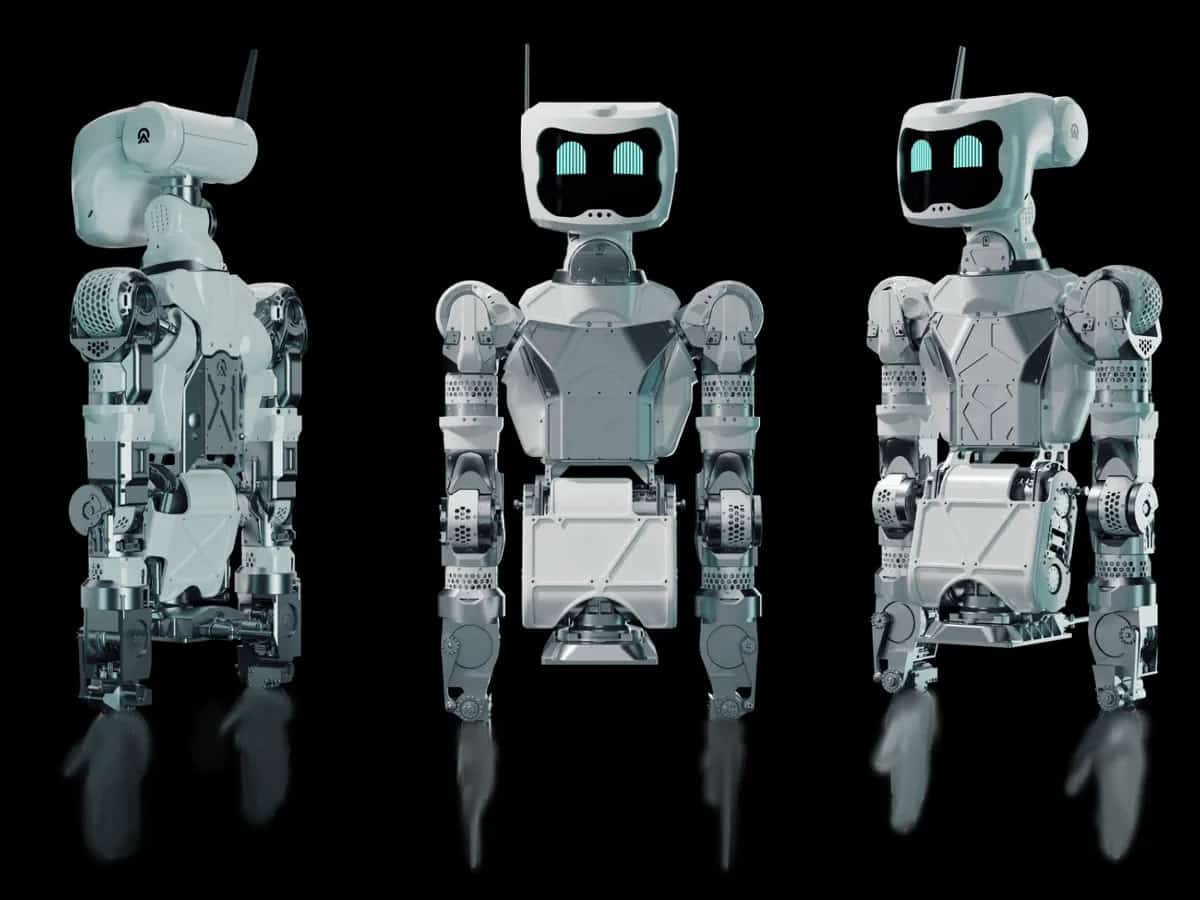
READ MORE: This robot will find a parking space for you AND charge your electric car while you’re on the go
Designed in partnership with Apptronik, a Texas-based robotics company, the NASA humanoid robot is known as ‘Apollo’.
NASA hasn’t released any official images of its android yet but Apptronik shared several videos showcasing various prototypes.
CHECK THIS OUT!
Just like Tesla’s weird Optimus bot, the NASA humanoid robot is designed to perform tasks that are deemed too dangerous or even boring and repetitive for humans.
This means Apollo could be used to haul stuff around.
And crucially, it also means Apollo is expendable – as it were.
In other words, Apollo may end up being the only passenger aboard a yet-to-be-built spaceship on a one-way trip to another planet or galaxy.

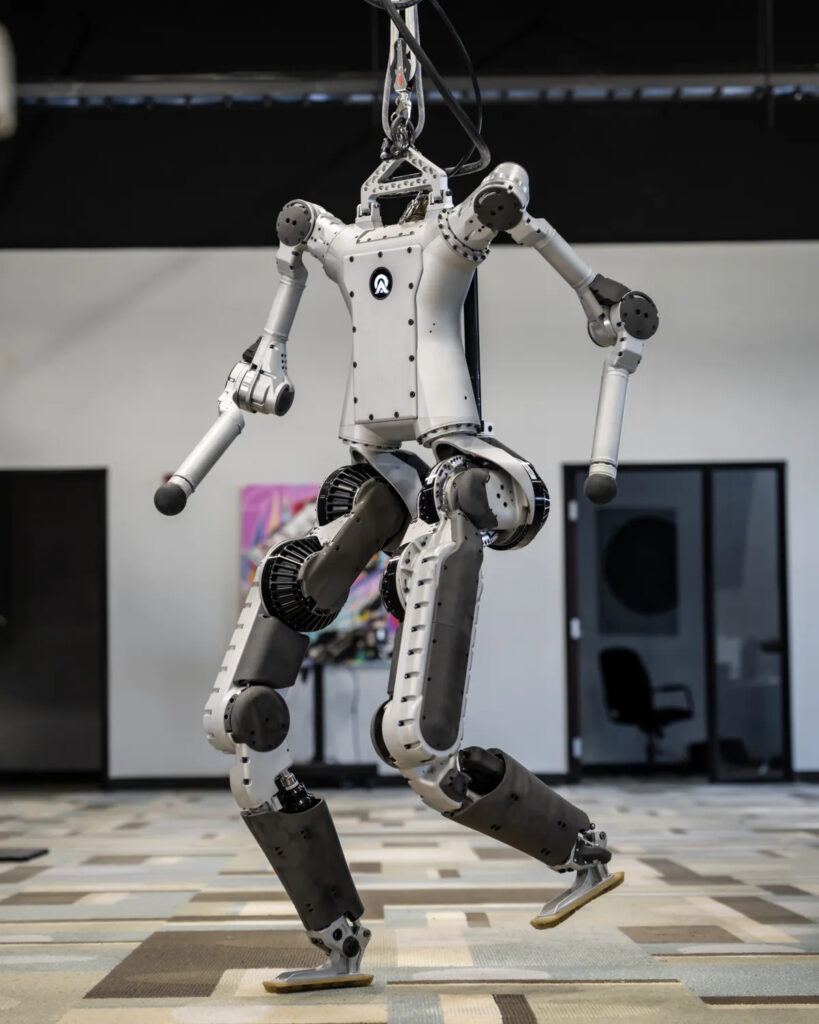
More to the point, Apollo is also designed as a ‘general purpose’ humanoid robot you can actually buy and use.
He can walk, carry stuff around and lift items up to 55 pounds.
On the subject of size, Apollo is about the same height and weight as a human being: he stands 5 foot 8 and weighs 165 lb.
In an interview with CNET, Apptronik CEO Jeff Cardenas said Apollo is like the “iPhone of robots”.
It is designed to perform certain tasks but its software can be updated.
Cardenas said the Apollo robot will be fully revealed to the public later this year.
NASA and Apptronik plan to start accepting pre-orders and deliver the first units in 2024.
DISCOVER SBX CARS: The global premium car auction platform powered by Supercar Blondie
